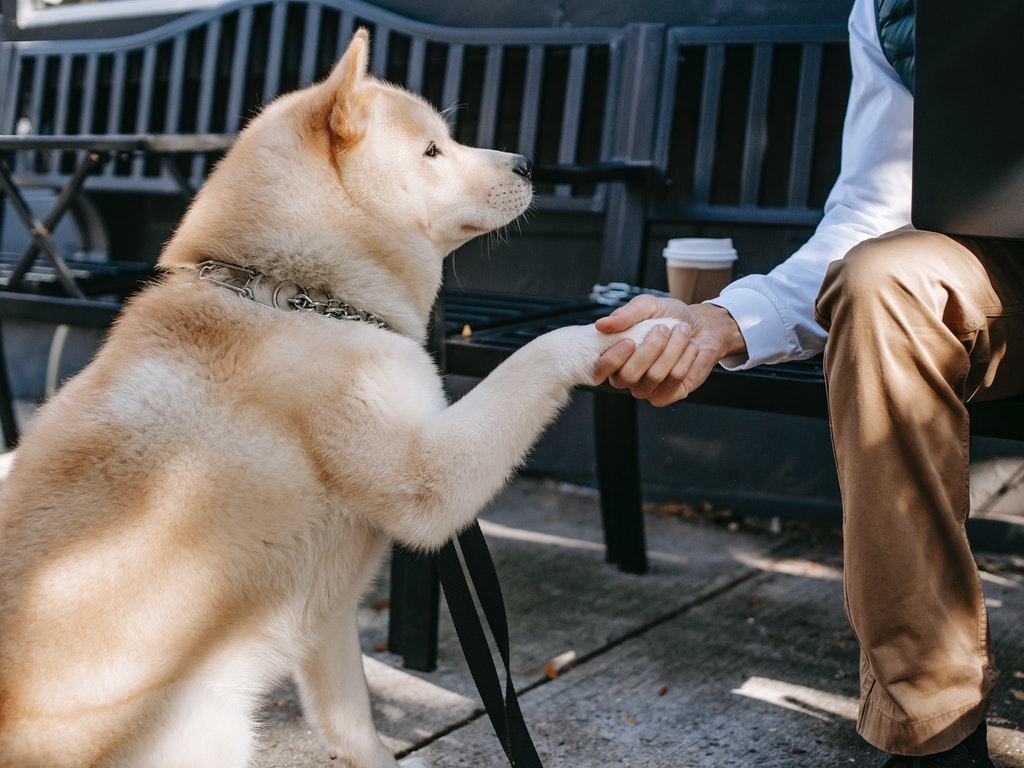Have you just gotten a pet, or are you a new pet parent and find yourself overwhelmed? Of course, there are the obvious responsibilities like feeding them and taking them out for walks at regular intervals — but what about all the little things that you might not be thinking of? Irrespective of the type of pet you have, there are some hacks that can take away some of the burden. Here’s what every pet owner should know.
Calming Your Pet
Some pets are scared of thunderstorms. If your pet is shaking and crying during a storm, try these tips: Wrap your pet in a blanket to comfort them, and hold them close to you. Try holding a dryer sheet near your pet to help reduce static electricity.
Proper Food Storage
Storing pet food in air-tight containers will help keep it fresh and prevent it from going stale and emitting a bad odor. When you buy your pet his or her favorite brand of food, try buying two bags at once to save on costs and make sure you have enough food to last up to a week. You can also try storing your pet’s food in smaller spaces rather than the giant bag that it comes in.
Caring for Sore Paws
To protect your pet’s paws when the temperature drops or rises, you can coat them with a special paw conditioning spray. This will help eliminate any excess moisture to prevent cracking and chaffing in harsh conditions. If your dog’s claws are too long, it’s best to trim them before the cold season, so they don’t split or break off.
Regulate Your Pet’s Body Temperature
Pets with thick fur were made to withstand whatever weather may come their way, but that doesn’t mean they have an infinite ability to deal with heat. That’s why it’s important to provide them with things like ice cubes or frozen water bottles. These will help cool down the air around them, which in turn helps regulate their body temperature.
Assist Older Pets in Eating
As your pet ages, a wide variety of issues can occur. Their teeth can become badly decayed or just poorly positioned, which makes it hard to eat. Use a spray bottle to add water to their food, or you can give them moist food that is specially designed for aging animals.

